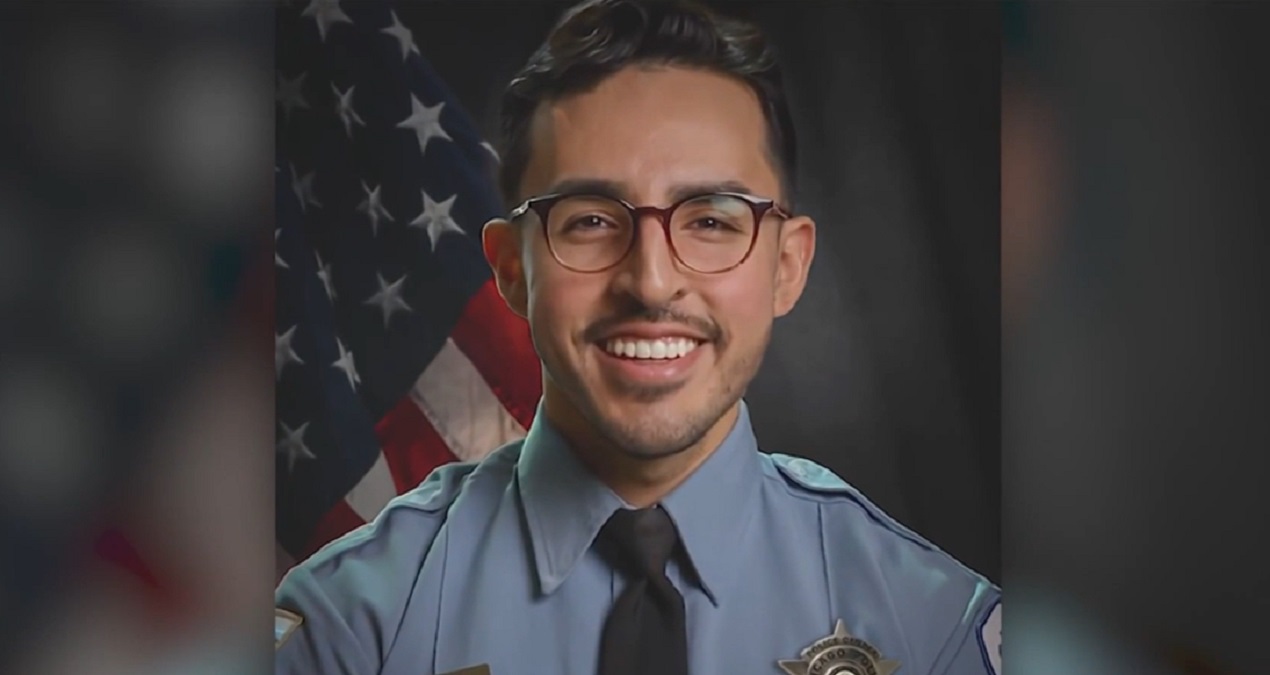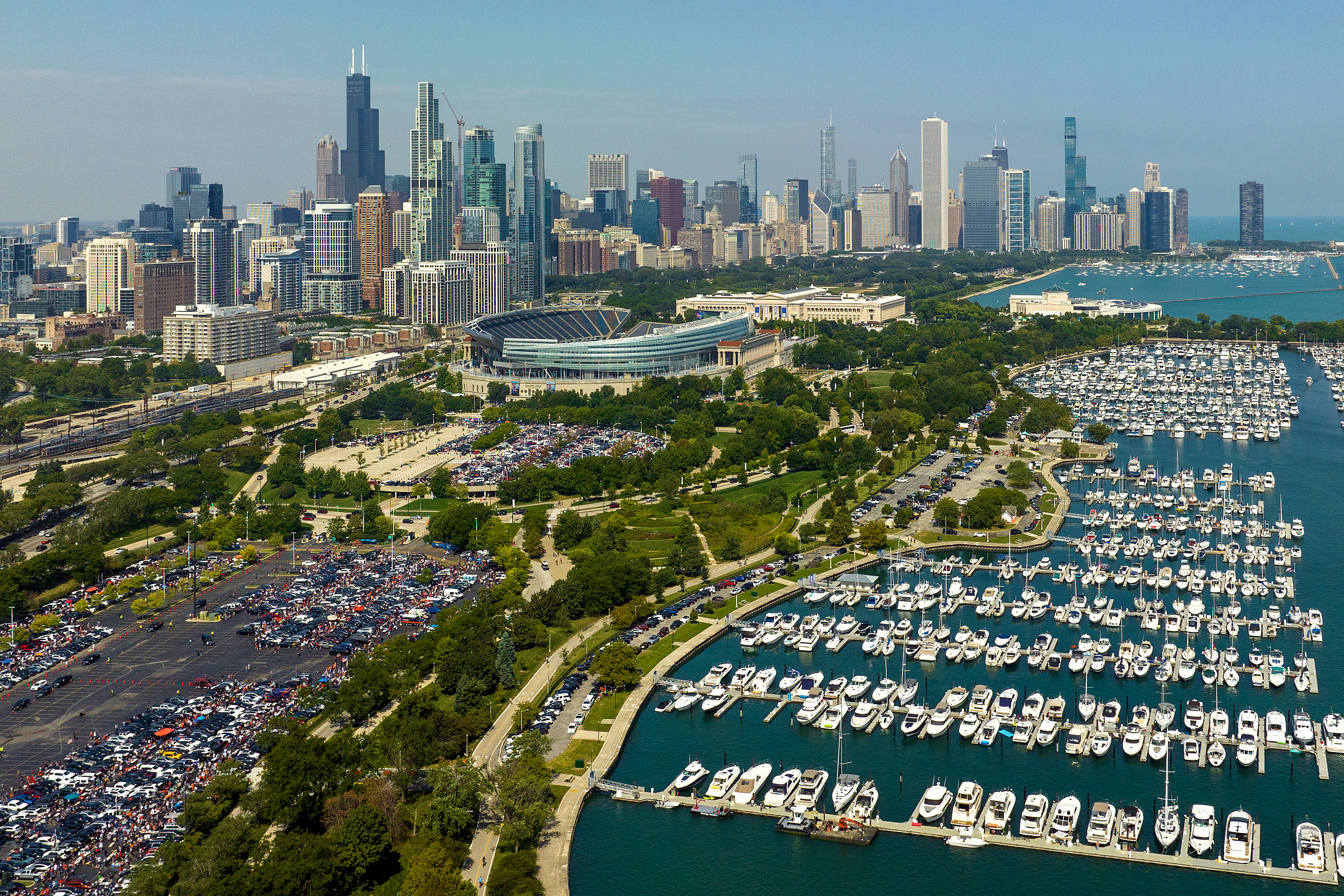Health experts are bracing for the potential of a post-Thanksgiving coronavirus surge. But what might that look like - and when could we see the first signs of it?
According to Illinois Department of Public Health Director Dr. Ngozi Ezike, the first sign of a surge will be an increase in cases one to two weeks after the holiday.
"That will be a sign that maybe there was spreading at the Thanksgiving holiday," Ezike said during a briefing last week.
Health officials have long said that hospitalizations and deaths typically follow a spike in cases, so those numbers will likely be the first indicator.
Despite guidance from the Centers for Disease Control and Prevention, as well as pleas from health officials to celebrate virtually, large crowds and lines formed for several days at O’Hare International Airport as travelers departed Chicago for the holiday weekend.
Dr. Anthony Fauci, the government's leading infectious disease expert, warned Sunday that the travel-heavy Thanksgiving holiday could make the current surge in COVID-19 cases even worse as the country heads into December.
Appearing on NBC News' "Meet the Press," Fauci, director of the National Institutes of Allergy and Infectious Diseases, said public health officials "tried to get the word out for people, as difficult as it is, to really not have large gatherings" during the holiday because of concerns that the celebrations could aggravate the spread of the coronavirus.
Local
"What we expect, unfortunately, as we go for the next couple of weeks into December is that we might see a surge superimposed on the surge we are already in," he said.
"I don't want to frighten people except to say it's not too late at all for us to do something about this," he added, urging people to be careful when they travel back home and upon arriving and to take proven steps like social distancing and wearing masks.
It can sometimes take two weeks for infected people to develop symptoms, and asymptomatic people can spread the virus without knowing they have it. Fauci said the "dynamics of an outbreak" show a three- to five-week lag between serious mitigation efforts and the actual curbing of infection rates.
Officials in Chicago and Illinois used press conferences last week to deliver last-minute warnings aimed at preventing Thanksgiving from becoming a "super-spreader" holiday that dangerously elevates hospitalizations and the number of coronavirus deaths.
"Let me put this as bluntly as I can: We are extremely concerned about Thanksgiving weekend becoming a super spreading event," Chicago Mayor Lori Lightfoot said at a news conference Wednesday morning.
"The safest thing we can do for one another is stay within our own households – but if you are gathering with even just a few people, it’s a better idea to take Thanksgiving outside. This is not the year to have everybody over at Grandma’s house," Illinois Gov. J.B. Pritzker said.
To underscore their point, IDPH released a graphic, "On the 14th day of COVID," to show the potential spread of the virus.
Ezike urged anyone who believes they may be exposed during the holiday to wait seven days before getting tested, unless they are experiencing symptoms.
Still, officials reminded residents, "you can't test out of quarantine" as she said those exposed should still isolate for 14 days.
"Remember: even if you test negative, it’s possible that you were in fact exposed and it’s just too early for the virus to show up on a test – so don’t think of a negative test as any kind of free pass," Pritzker said.
Dr. Deborah Birx, the White House coronavirus response coordinator, said Sunday on CBS' “Face the Nation" that Americans who traveled this past week should try to avoid people over 65. She also said that those who were around others for Thanksgiving “have to assume that you were exposed and you became infected and you really need to get tested in the next week.”
Chicago Department of Public Health Commissioner Dr. Allison Arwady last week also shared a graph showing a dramatic spike in cases in Canada after the nation's Thanksgiving celebration on Oct. 12.
The image shows the number of cases reported daily between 1,000 and 3,000 for the month leading up to the holiday. After the holiday, the number of cases climbed to between 4,000 and 6,000 reported daily on some days roughly a month later. That spike was consistently and noticeably higher than the days before the holiday beginning roughly one week after.
"After the Canadian Thanksgiving, unfortunately Canada saw a dramatic increase in COVID-19 cases and let me tell you the U.S. rates of cases right now are much worse than Canada's was and our potential for a surge is much greater," Arwady said, again begging residents to only celebrate virtually and follow public health guidance.



